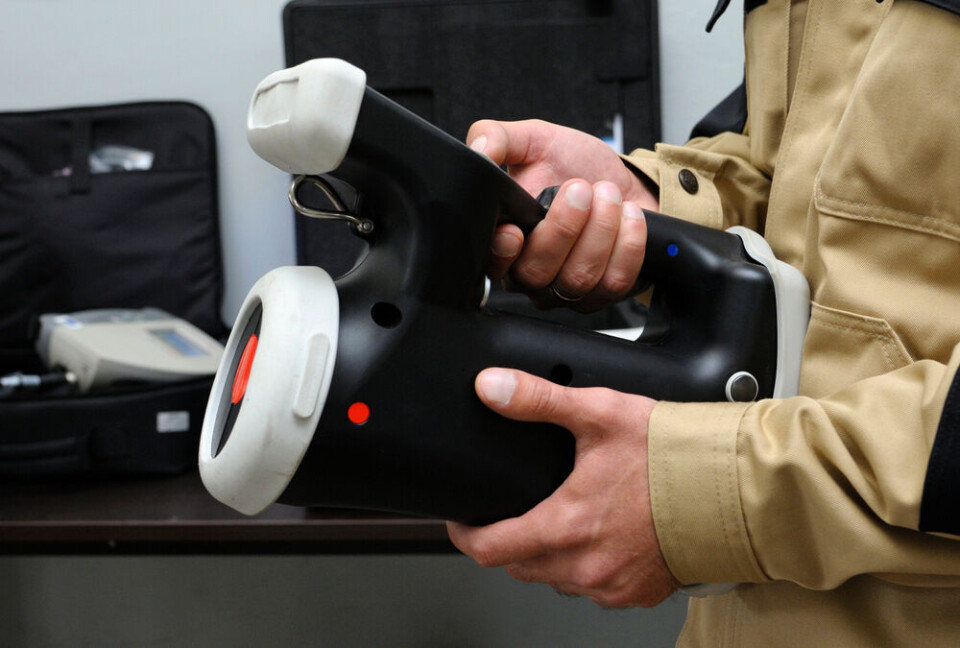-
French ski resorts report excellent Christmas despite less snow than last year
Bookings are up and non-snow related activities are also on the rise
-
US special needs trusts and the law in France
French legal system treats trusts rather sceptically
-
French mairie offers ‘civil baptisms’ - what are they?
France offers several secular alternatives to religious ceremonies
Where is radon gas mainly found in France and is there a health risk?
This underground radioactive gas can be a concern but is easy to detect and simple renovations can help

Reader Question: I read that many homes in France have unacceptable levels of radon gas. Is this true? How can I find out the levels for where I live? Is it dangerous?
Radon is a colourless, odourless radioactive gas that is naturally created when radium decays.
In France, radon deposits are mainly found in mountainous areas, including in the Massif Central, Pyrénées and Vosges mountain range, the Vosges and parts of Corsica.
It is also found widely throughout Brittany due to the high level of granite rock under the surface.
In these areas, radon gas buried underground can leak to the surface.
Trace amounts are recorded in air samples from almost anywhere on the planet - however, when it becomes trapped in a building it accumulates and can then pose a health risk.
Breathing in air with a high concentration of radon in the particles can cause radioactive material to be deposited in the respiratory system, which can cause cancerous mutations.
Around 10% of annual lung cancer deaths in France – 3,000 – are believed to be linked to radon gas, making it the second highest cause of the disease behind smoking, and ahead of asbestos poisoning, according to a 2018 study shared by the French Health Ministry.
However, it is only extended exposure to the gas that causes lung cancer, and there are ways to reduce the risk of poisoning inside homes.
How can I know radon level in my home?
As mentioned, the concentration of radon gas is prominent in a few areas of France.
In open areas, the gas disperses and is mostly harmless, even if high levels of it leak above ground but in poorly-ventilated homes built in areas where levels of the gas are high, polluted air can become trapped and is much more likely to lead to health issues.
The Institut de radioprotection et de sûreté nucléaire (Institution of radioprotection and nuclear safety, IRSN) publishes a map on its website showing where radon levels are high.
You can type in the name of your commune using the search bar on the top-right of the map.
The IRSN stresses however that just because an area has a high-risk level of radon gas in its atmosphere, it does not necessarily mean that your building has a high concentration of radon, as other factors relating to your property – such as ventilation levels – are the main determining factors.
“Radon gas produced in the soil beneath a building can penetrate it more or less easily and then concentrate in the indoor air, particularly if air renewal is insufficient,” said Géraldine Ielsch, radon specialist at the IRSN.
The gas can come through cracks or unsealed pipes or walls.
The average levels of radon gas in a property in France is 90becquerels (bq, a measurement for gases) per cubic metre.
However exposure only becomes significant if it is prolonged.
IRSN studies estimate it takes around 30 years at a radon level of 200bq/m3 before exposure becomes ‘significant’.
What can I do to reduce radon risk in my house?
If you live in an area marked as at risk on the IRSN’s map, you should check the levels of the gas present in your home.
Whilst no amount of radon gas inside a home is deemed ‘safe’, action is not required until levels pass the threshold of 300bq per cubic metre – anything less is deemed ‘acceptable’ and not a significant health risk.
You can purchase radon detectors online – the IRSN has a list of accredited laboratories which make radon kits on its website.
To find out the level in your home you just have to place them in the room you most use for two months during winter.
If the levels are higher than what is deemed acceptable, renovation works to improve airflow in the property are recommended.
The most common work involved is air extractors and ventilation shafts.
You can also “waterproof basements, plug cracks in slabs, and seal pipe passages between cellars and living areas,” said Miss Ielsch.
Read also
Boiler service among tenant’s responsibilities when renting in France
























